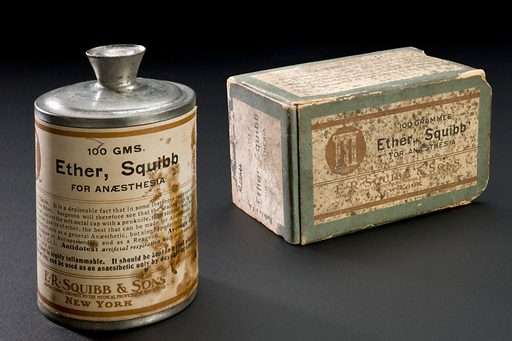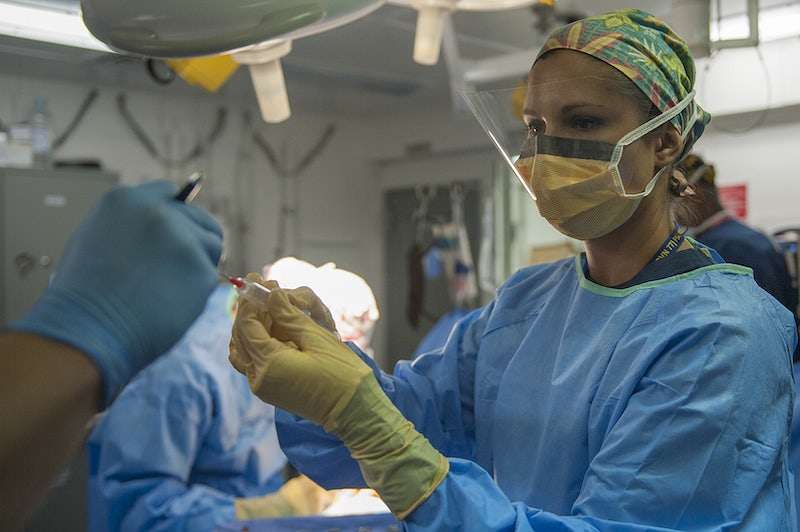The history of anesthesia is a fascinating journey that spans centuries, marked by ingenious discoveries and dedicated individuals who have revolutionized the way we experience medical procedures. The evolution of anesthesia from ancient practices to modern techniques has significantly improved patient comfort and paved the way for advanced medical interventions.
Ancient Anesthesia:
The concept of anesthesia has roots in ancient civilizations, where various substances were used to induce a state of insensibility during surgical procedures. In ancient China, herbal concoctions containing substances like cannabis and alcohol were administered to alleviate pain. Similarly, the ancient Greeks employed opium and mandragora (mandrake) as anesthesia during medical treatments.
Middle Ages to Renaissance:
The Middle Ages saw a decline in the use of anesthesia as superstitions and religious beliefs often hindered medical progress. However, by the Renaissance, there was a renewed interest in understanding the human body and developing methods to alleviate pain during surgery. Ambroise Paré, a French surgeon from the 16th century, introduced the idea of using a sponge soaked in opium and other substances to induce a state of unconsciousness.
Ether and Chloroform:
The breakthrough in modern anesthesia came in the 19th century with the discovery of ether and chloroform. In 1846, American dentist William T.G. Morton successfully demonstrated the use of ether during a public surgical procedure at the Massachusetts General Hospital. This event marked the beginning of the widespread adoption of ether as an effective anesthetic.
Shortly thereafter, Scottish obstetrician James Young Simpson introduced chloroform as an alternative to ether. Chloroform gained popularity due to its pleasant odor and quicker induction of anesthesia. The use of both ether and chloroform revolutionized surgical practices and significantly improved patient outcomes.

Advancements in Anesthesia:
As the field of anesthesia continued to progress, advancements such as the development of safer anesthetic agents and the introduction of specialized equipment contributed to its widespread adoption. Anesthesia machines, vaporizers, and monitoring devices became essential components of modern operating rooms, ensuring precise control over the depth of anesthesia and patient safety.
Regional and Local Anesthesia:
While general anesthesia became a standard practice, the late 19th and early 20th centuries also witnessed the rise of regional and local anesthesia. Physicians like August Bier and Carl Koller pioneered techniques such as spinal and nerve block anesthesia, allowing for targeted pain relief without the need for complete unconsciousness. These advancements expanded the scope of anesthesia, enabling a variety of surgical procedures to be performed with increased precision.
Contemporary Anesthesia:
Today, anesthesia has become an integral part of medical practice, making surgery and other invasive procedures more tolerable for patients. Anesthesiologists are highly trained specialists who carefully assess patients, administer appropriate anesthetics, and monitor vital signs throughout the surgical process.
In recent years, there has been a focus on refining anesthesia techniques to minimize side effects and improve recovery times. Enhanced recovery after surgery (ERAS) protocols aim to optimize perioperative care, emphasizing a holistic approach to patient well-being.

Conclusion:
The evolution of anesthesia is a testament to human ingenuity and the relentless pursuit of improving medical care. From ancient herbal mixtures to the sophisticated techniques and drugs of modern times, anesthesia has come a long way in ensuring the comfort and safety of patients undergoing surgical procedures. As technology and medical knowledge continue to advance, the future holds even more promising developments in the field of anesthesia, promising further improvements in patient outcomes and the overall surgical experience.
